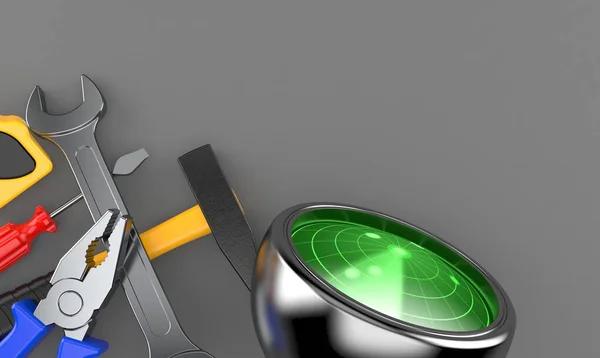Riser tools are essential components in drilling operations, providing a secure connection between the subsea wellhead and the surface drilling rig. Proper maintenance of these tools is critical to ensure operational safety, reliability, and longevity. A comprehensive approach to riser tool maintenance begins with a thorough understanding of the equipment’s design and function. Each component must be inspected regularly for signs of wear, corrosion, or damage that could compromise its performance during use.
Routine visual inspections should focus on identifying cracks, dents, or deformations on the riser body and connectors. Corrosion is particularly concerning in marine environments where saltwater can accelerate material degradation; therefore, protective coatings must be checked and reapplied as necessary. Threaded connections require careful examination to detect any stripping or galling that might affect their ability to maintain pressure integrity. Lubrication plays a vital role in maintaining smooth operation of moving parts such as locking mechanisms and seals. Using manufacturer-recommended lubricants ensures compatibility with materials and prevents premature wear.
Cleaning procedures are equally important before performing detailed inspections or repairs. Removing debris, mud, grease, or other contaminants allows for accurate assessment of the tool’s condition while preventing abrasive particles from causing damage during handling or assembly. Ultrasonic cleaning methods may dig into it be employed for internal passages to eliminate buildup without disassembling complex assemblies unnecessarily.
Pressure testing forms an integral part of maintenance protocols by verifying the riser tool’s sealing capabilities under simulated operational conditions. Testing should follow industry standards relevant to specific equipment types and operating pressures to confirm there are no leaks or weaknesses in seals and gaskets. Any failure detected during pressure tests necessitates immediate repair or replacement before returning the tool to service.
Documentation is crucial throughout all stages of maintenance work. Recording inspection findings, repair actions taken, lubricant application dates, and test results creates a comprehensive history that supports ongoing asset management decisions. This data aids in predicting component lifespan trends and scheduling preventative interventions proactively rather than reactively addressing failures.
Training personnel involved in riser tool upkeep enhances overall effectiveness by ensuring consistent adherence to prescribed procedures aligned with manufacturer guidelines and regulatory requirements. Emphasizing safety precautions during handling reduces risks associated with heavy equipment manipulation under challenging offshore conditions.
In conclusion, rigorous adherence to systematic inspection routines combined with proper cleaning techniques, lubrication practices, pressure testing protocols, meticulous record-keeping, and skilled workforce training collectively uphold riser tool integrity throughout its service life. Implementing these measures minimizes downtime risks while optimizing operational efficiency within demanding drilling environments where reliability cannot be compromised at any stage.




